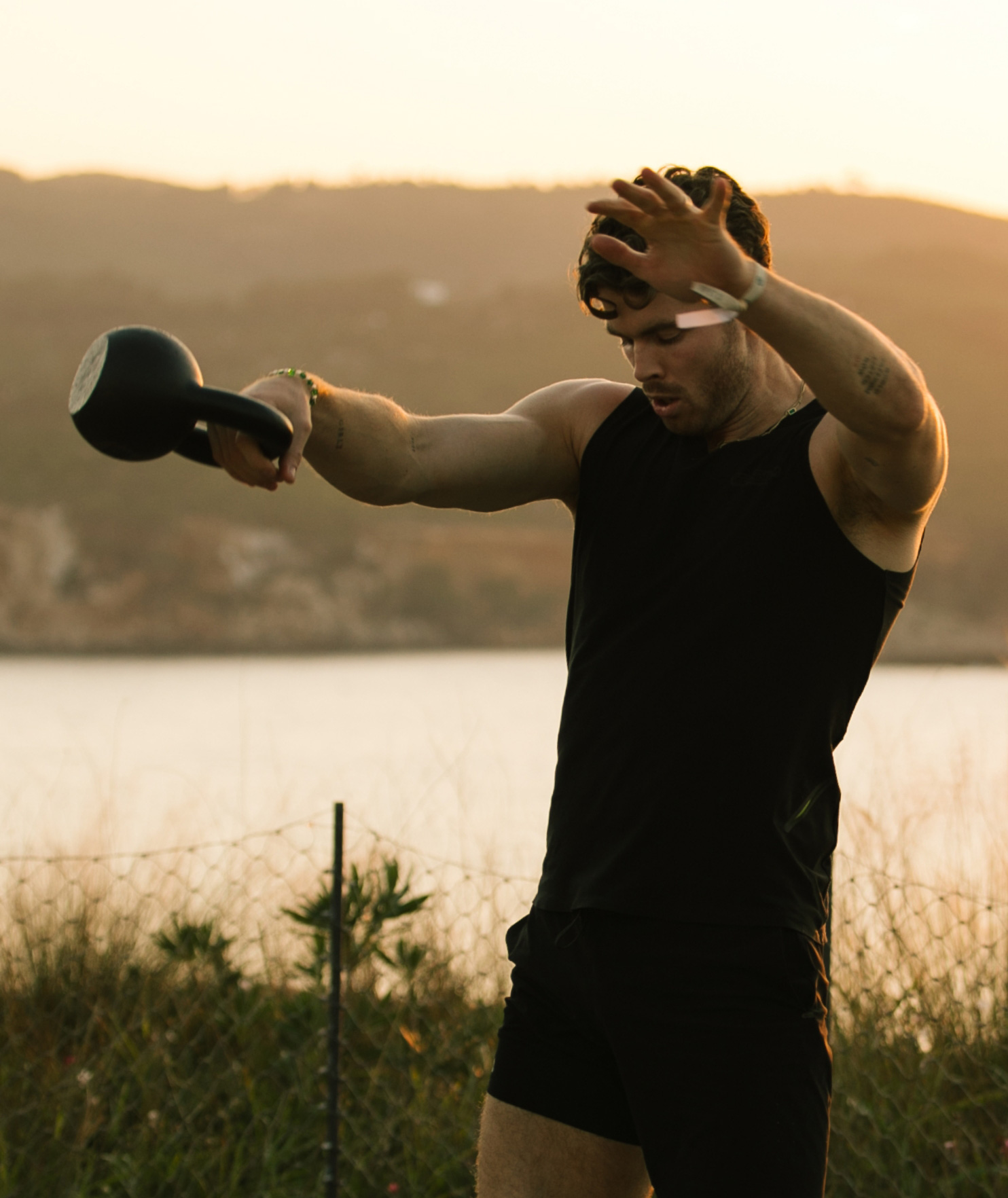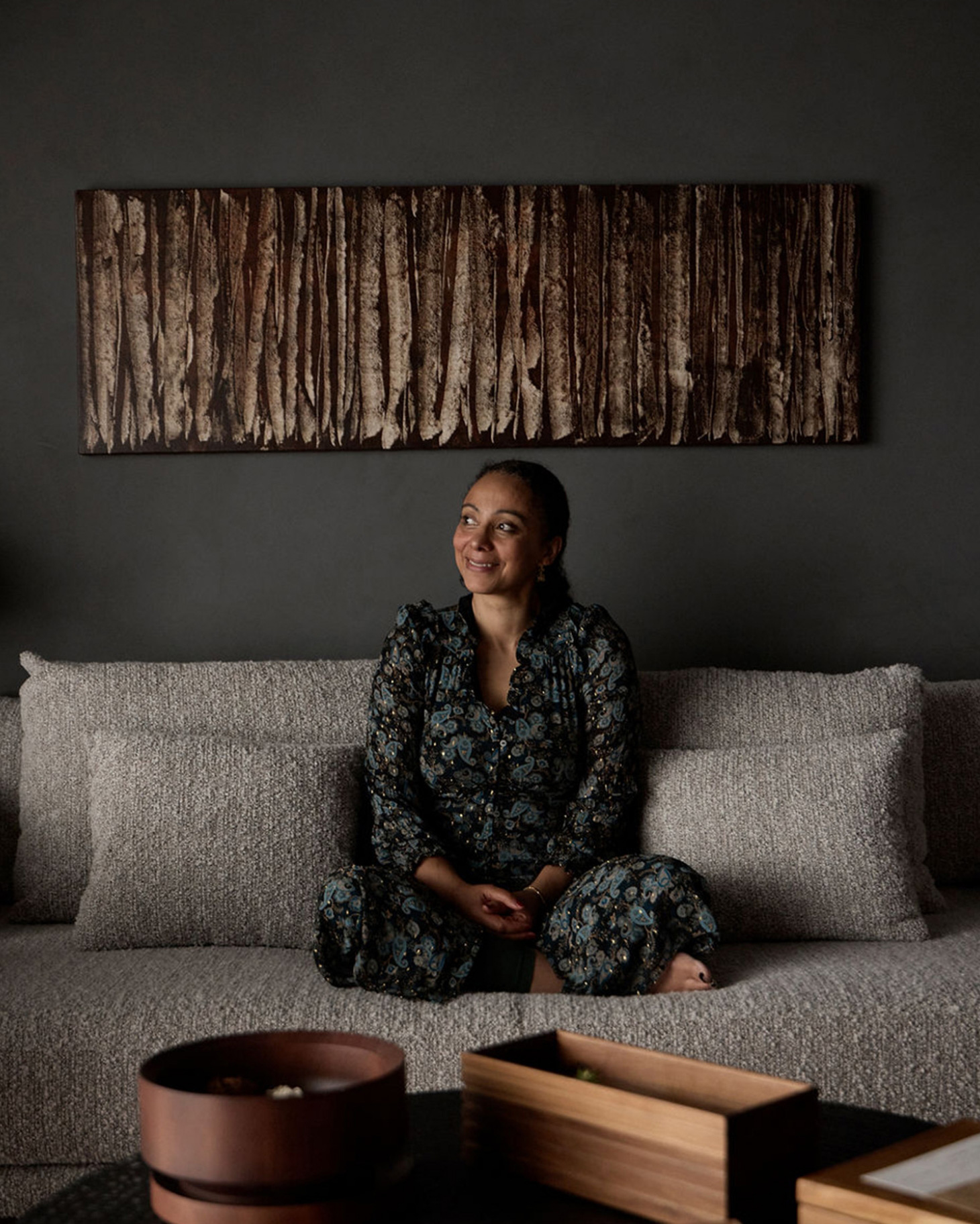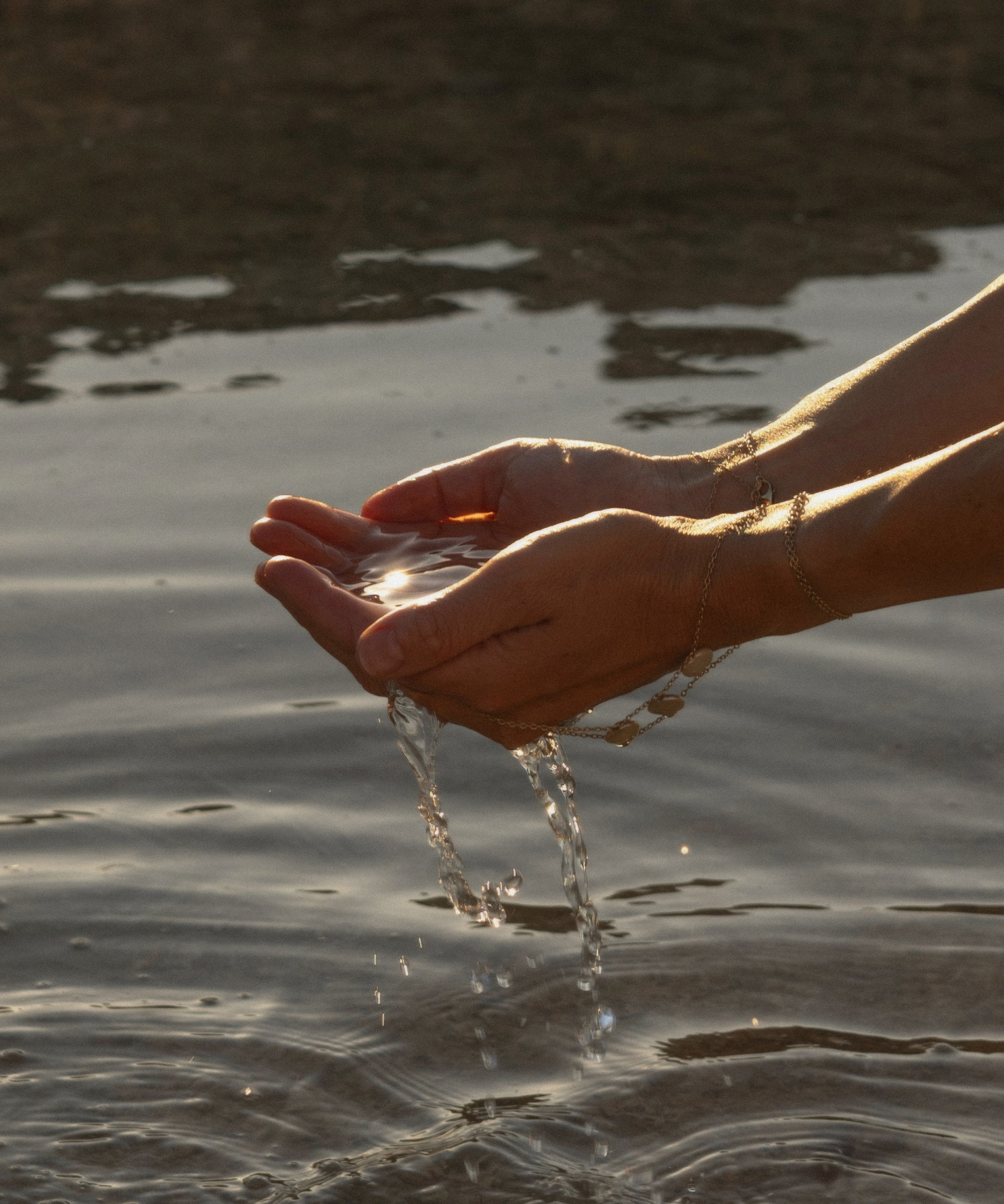Ice Queens: Understanding Cryotherapy and Cold Plunge for Women
Cryotherapy and cold-water immersion have become part of a new wellness ritual. Athletes use them for faster recovery and many people turn to them for mental clarity or a sense of renewal. Yet for women the effects can be more complex. Our bodies shift through cycles and hormones, and what helps one week can feel depleting the next.
JOIN THE RITUAL. SIGN UP FOR EXCLUSIVE CONTENT, EXPERT INSIGHTS,
RITUALS, STORIES, NEW LAUNCHES & EXPERIENCES
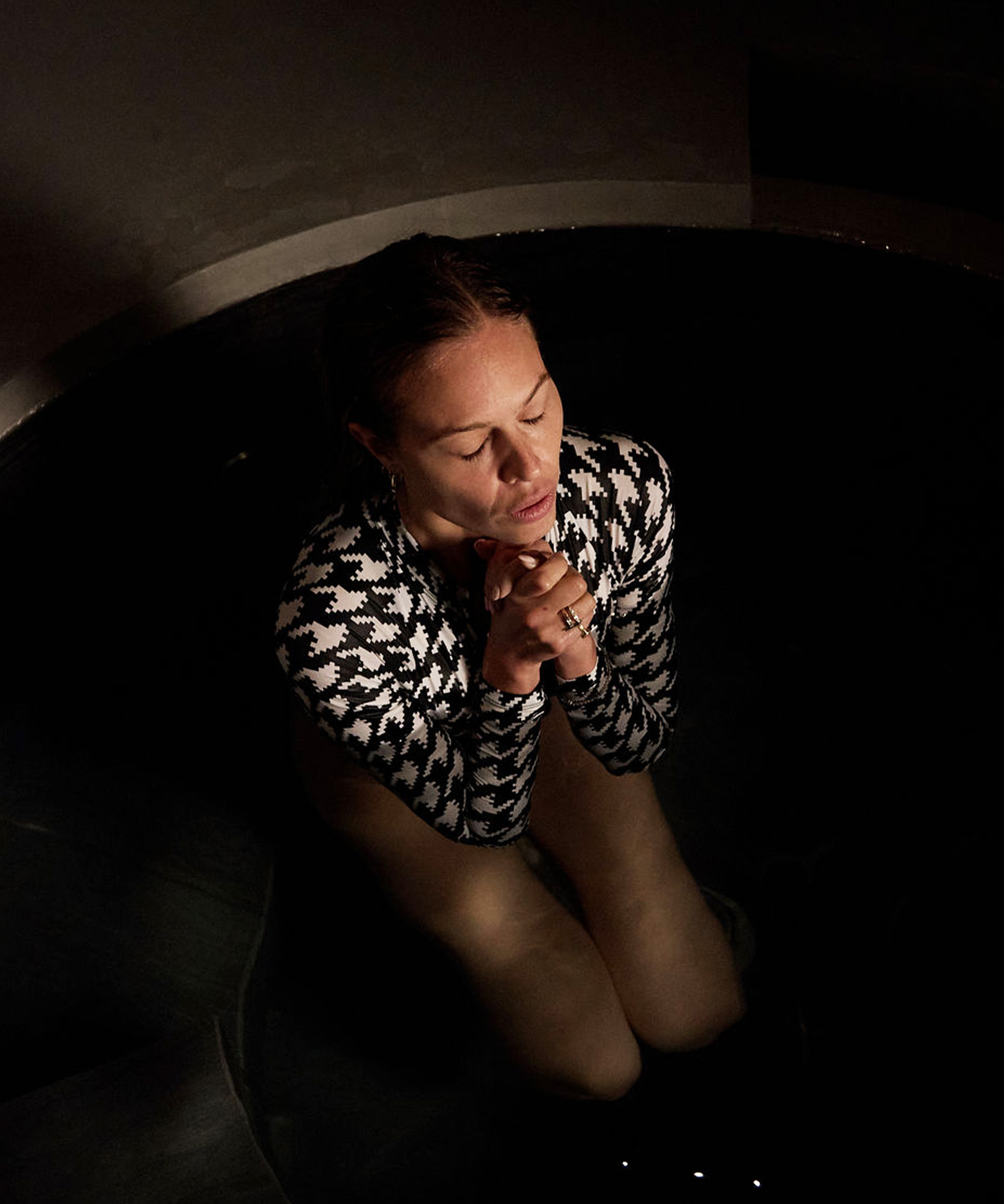
The science of cold exposure
When the body meets cold, blood vessels tighten, inflammation drops and the system releases endorphins. Circulation improves as the body warms again. This process can lift mood, ease pain and boost resilience. However, women’s bodies react differently because our hormones change throughout the month. Understanding those changes helps to know when cold exposure heals and when it hinders.
How cold affects women
Cold triggers the sympathetic nervous system, the part that prepares us for challenge. It raises norepinephrine, a chemical that sharpens focus and alertness. Used wisely, it can create calm strength. Used too often or too long, it may heighten stress and leave the body tired or wired. Awareness of timing is the key.

When to use cryotherapy or ice baths
In the follicular phase, roughly a week after menstruation, energy starts to rise. Oestrogen supports focus and motivation, and the body feels ready for new effort. This is the best time for longer or colder sessions. Many women find that cold exposure here feels empowering and uplifting.
During ovulation, body temperature rises slightly. Shorter immersions work better at this point. The contrast between heat and cold feels stimulating but should not be extreme. A few minutes in the cold followed by movement or breathwork is enough to refresh without strain.
The luteal phase follows ovulation. Progesterone becomes dominant and the body asks for warmth and stability. Intense cold can feel harsh during this time, so gentle versions such as a cool rinse or a quick plunge are more supportive. They can ease mood swings and reduce swelling without overstressing the system.
During menstruation, energy turns inward. Cold immersion often feels draining now. Rest and warmth help the body restore balance. Light movement, herbal teas and sleep are better choices than a freezing bath. Listening to this need for softness builds trust with the body rather than pushing against it.
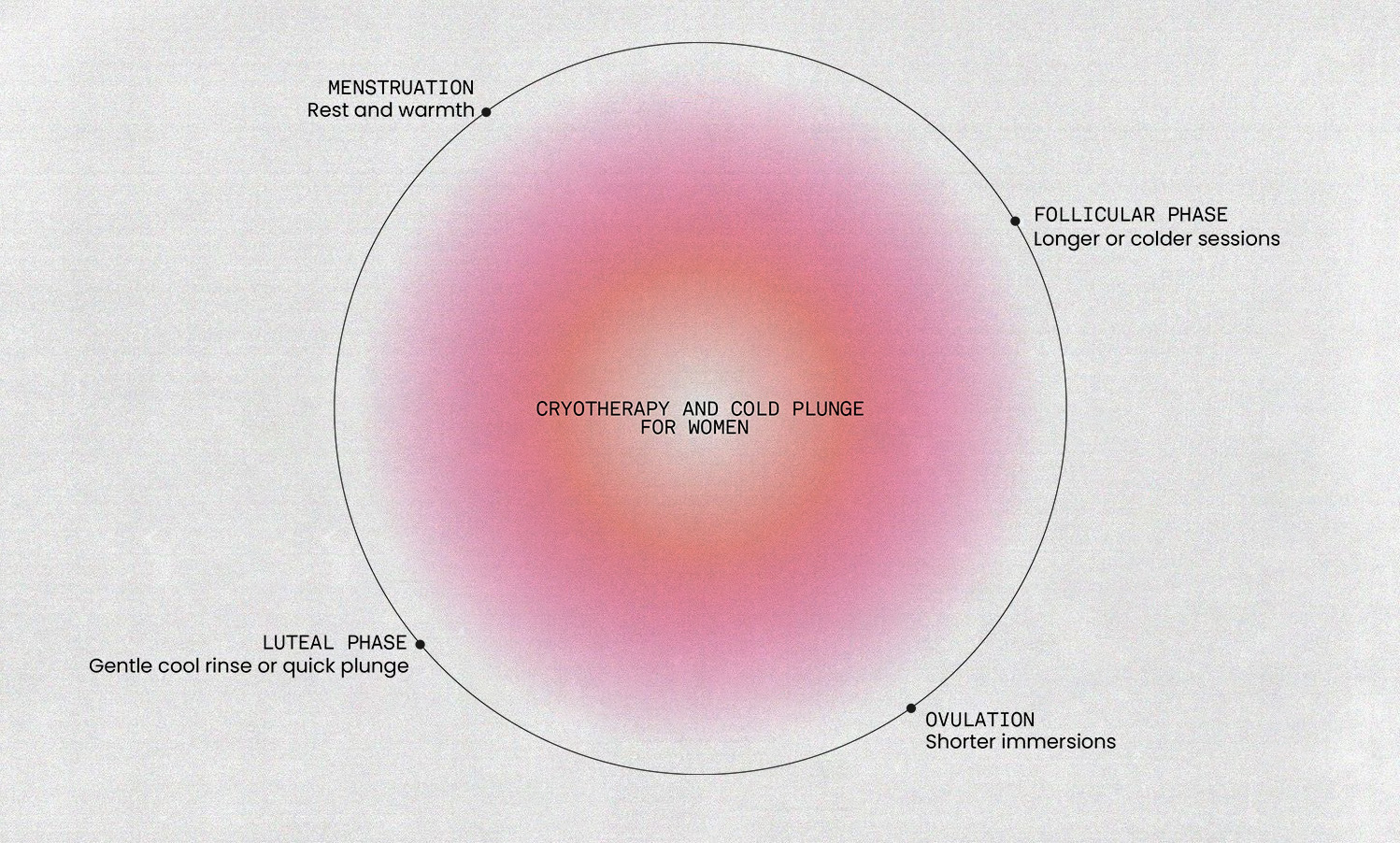
Further Benefits for Women
According to Dr. Jolene Brighten cold-water immersion induces autophagy and improved mitochondrial health: “Autophagy is a process by which the body removes dysfunctional aspects from our cells. It is important in longevity and the overall health of our cells. Cold exposure improves mitochondrial health via a process called mitochondrial biogenesis. As the primary source of energy for your cells, mitochondria are concentrated in your ovaries, making them an essential component of women’s hormone production and reproductive health.” She notes, however, that the optimum temperature for women should always remain above 9 degrees Celsius, to prevent over-stressing the reproductive system.
Timing is key
Morning is the best time for cryotherapy or ice baths because natural cortisol levels are already high. Cold early in the day can lift energy and set a steady tone. In the evening it may keep the body alert and make sleep harder, so it is usually better to finish cold sessions before afternoon.
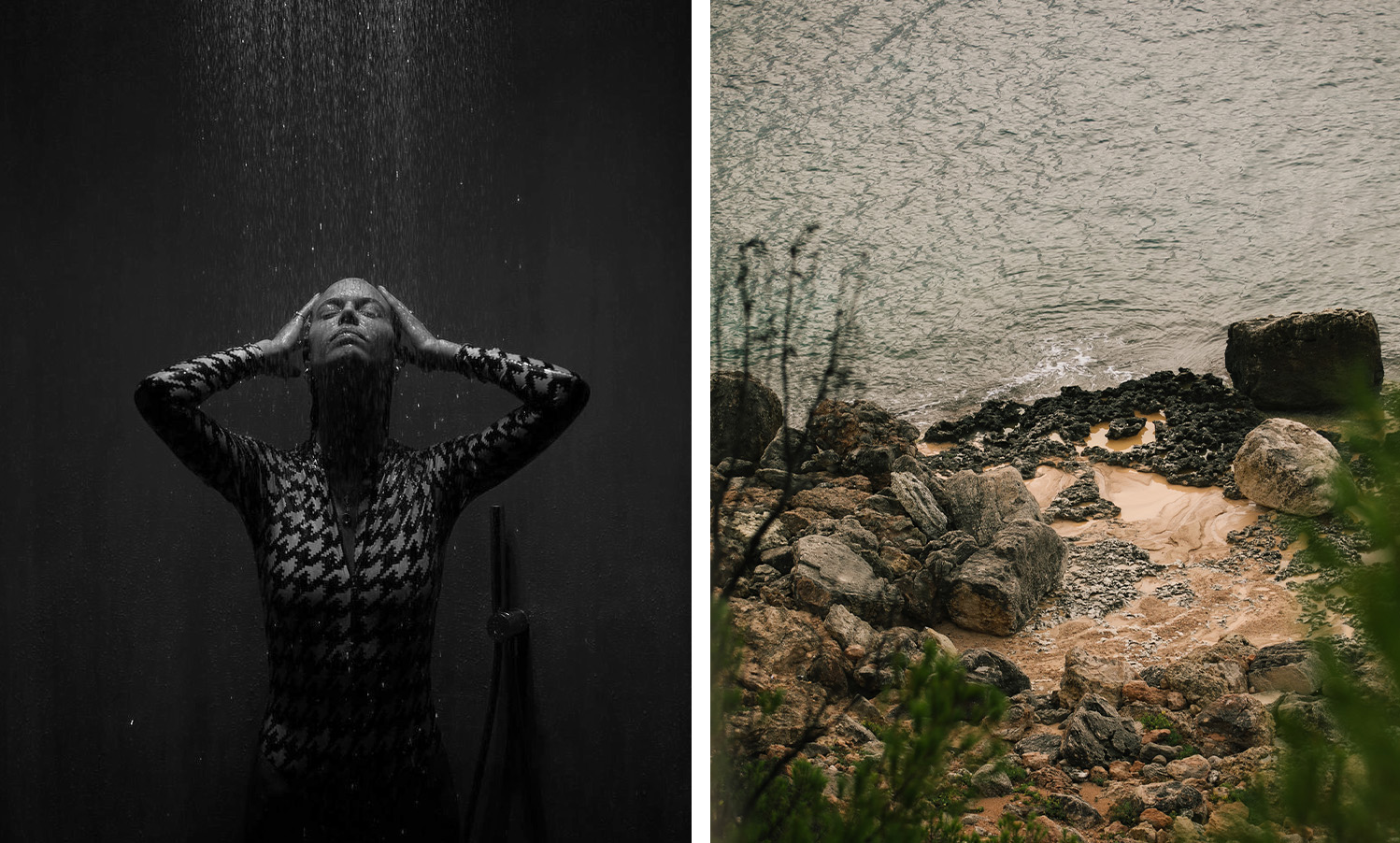
Environment and mindset
The setting changes the experience. In a calm spa or a trusted wellness space, the body feels safe and can release tension rather than brace against it. Likewise, ice bathing in raw nature – frozen lakes for example – can feel deeply restorative and empowering. Slow breathing before and after helps integrate the shock response. The goal is not endurance but balance. Cold is a conversation with the body, not a contest of strength.
The bigger picture
Cryotherapy and ice baths can support women deeply when used with awareness. They lower inflammation, improve mood and build emotional steadiness. But they work best when we respect the rhythms of our own bodies. Practised cyclically, cold therapy becomes a teacher of contrast. It shows that clarity follows surrender and warmth feels richer once we have met the chill.
The science of cold exposure
When the body meets cold, blood vessels tighten, inflammation drops and the system releases endorphins. Circulation improves as the body warms again. This process can lift mood, ease pain and boost resilience. However, women’s bodies react differently because our hormones change throughout the month. Understanding those changes helps to know when cold exposure heals and when it hinders.
How cold affects women
Cold triggers the sympathetic nervous system, the part that prepares us for challenge. It raises norepinephrine, a chemical that sharpens focus and alertness. Used wisely, it can create calm strength. Used too often or too long, it may heighten stress and leave the body tired or wired. Awareness of timing is the key.

When to use cryotherapy or ice baths
In the follicular phase, roughly a week after menstruation, energy starts to rise. Oestrogen supports focus and motivation, and the body feels ready for new effort. This is the best time for longer or colder sessions. Many women find that cold exposure here feels empowering and uplifting.
During ovulation, body temperature rises slightly. Shorter immersions work better at this point. The contrast between heat and cold feels stimulating but should not be extreme. A few minutes in the cold followed by movement or breathwork is enough to refresh without strain.
The luteal phase follows ovulation. Progesterone becomes dominant and the body asks for warmth and stability. Intense cold can feel harsh during this time, so gentle versions such as a cool rinse or a quick plunge are more supportive. They can ease mood swings and reduce swelling without overstressing the system.
During menstruation, energy turns inward. Cold immersion often feels draining now. Rest and warmth help the body restore balance. Light movement, herbal teas and sleep are better choices than a freezing bath. Listening to this need for softness builds trust with the body rather than pushing against it.

Further Benefits for Women
According to Dr. Jolene Brighten cold-water immersion induces autophagy and improved mitochondrial health: “Autophagy is a process by which the body removes dysfunctional aspects from our cells. It is important in longevity and the overall health of our cells. Cold exposure improves mitochondrial health via a process called mitochondrial biogenesis. As the primary source of energy for your cells, mitochondria are concentrated in your ovaries, making them an essential component of women’s hormone production and reproductive health.” She notes, however, that the optimum temperature for women should always remain above 9 degrees Celsius, to prevent over-stressing the reproductive system.
Timing is key
Morning is the best time for cryotherapy or ice baths because natural cortisol levels are already high. Cold early in the day can lift energy and set a steady tone. In the evening it may keep the body alert and make sleep harder, so it is usually better to finish cold sessions before afternoon.

Environment and mindset
The setting changes the experience. In a calm spa or a trusted wellness space, the body feels safe and can release tension rather than brace against it. Likewise, ice bathing in raw nature – frozen lakes for example – can feel deeply restorative and empowering. Slow breathing before and after helps integrate the shock response. The goal is not endurance but balance. Cold is a conversation with the body, not a contest of strength.
The bigger picture
Cryotherapy and ice baths can support women deeply when used with awareness. They lower inflammation, improve mood and build emotional steadiness. But they work best when we respect the rhythms of our own bodies. Practised cyclically, cold therapy becomes a teacher of contrast. It shows that clarity follows surrender and warmth feels richer once we have met the chill.
DON’T MISS
